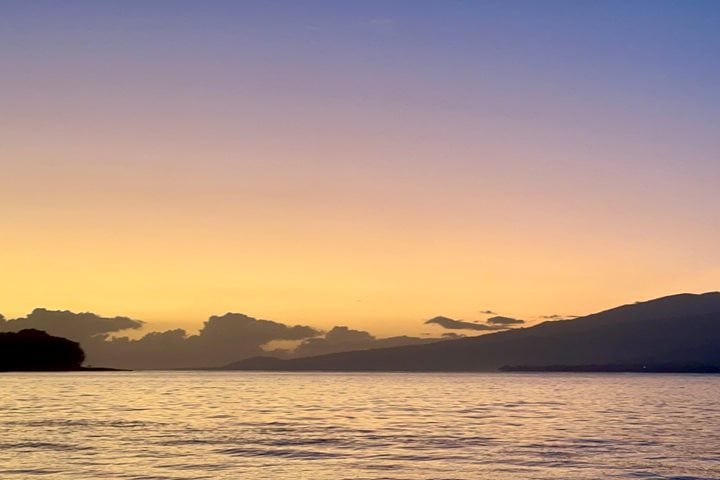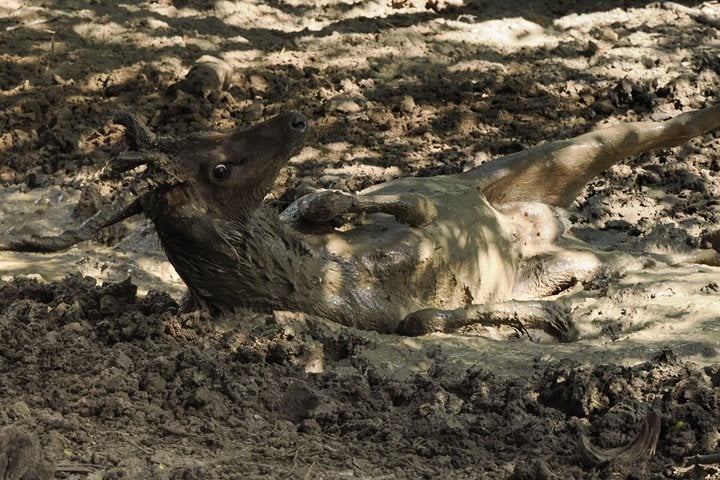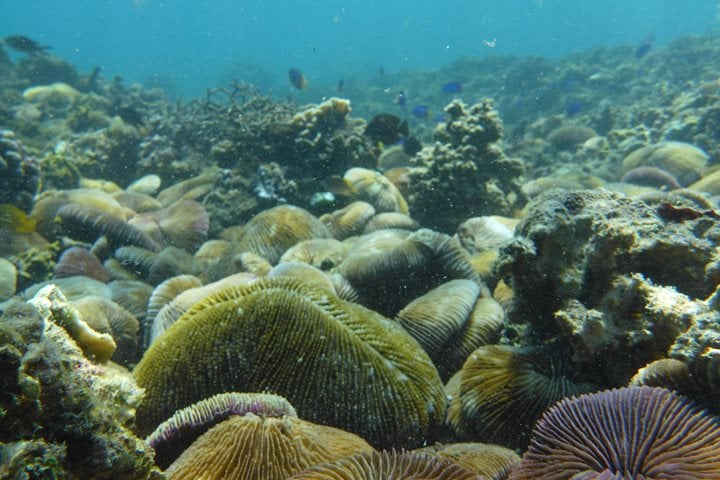What a spectacular start of our adventure! As the National Geographic Orion left the coast of Broome sailing into open waters, we were greeted by the giant of the seas, Megaptera novaeangliae or commonly known as humpback whales. Humpback whales are the fifth largest of the great whales, named after the distinct dorsal hump that shows as the whale dives. They belong to the Mysticetes group of cetaceans, which have different feeding apparatus from toothed whales. The Kimberley coast with its pristine waters is home to one of the biggest population of these incredible marine mammals, which undertake a 13,000 km return journey from the Antarctic to the Kimberley coast every winter. The migration of humpback whales is the longest yet documented by any animal. During late March, lactating females leave Antarctica feeding grounds for warm waters of Kimberley breeding grounds. Declared a protected species, stocks of these amazing mammals are now recovering but they still remain a fraction of their previous numbers. When whaling ceased in the 1970s the humpback whale population was reported to be less than 500 while the pre-whaling population was estimated at 17,000. The population is increasing at 10% per year but humpbacks are still listed as vulnerable. Humpbacks are renowned for their various acrobatic displays, often breaching and slapping the water with their huge pectorals and long tails. We were very fortunate to observe all types of behaviour like breaching, fluke slaps, flipper slaps, and headslaps.
After a magical morning we arrived at our first destination, the Rowley Shoals. Located 300 km from the nearest land, the Rowley Shoals are a chain of coral atolls that rise nearly vertically from approximately 440 metres deep on the edge of one of the widest continental shelves in the world. These Shoals are the remains of three volcanoes that rose out of the ocean, forming a chain of three spectacular and pristine pear-shaped coral atolls. Each of the three coral atolls covers around 90 sq km and features a diverse array of snorkeling and diving environments with exceptional visibility. Rowley Shoals has some of the biggest tidal changes of any coral atoll worldwide with 4 meter plus tides flowing into and out of the reefs creating some incredibly colorful coral formations and canyons. At low tide the water becomes ponded within the reef walls and the water flows over the atoll walls like waterfalls. The Rowley Shoals is home to an amazing 233 species of coral and 688 species of fish. Over the centuries, these atolls have been used by Indonesian fishermen to collect trochus shells and trepang (sea cucumber), turtle shell and shark fin. We were lucky to explore and plunge in these tropical waters for our first snorkel and diving activities. Colorful, and brimming with all kinds of marine life, the Rowley Shoals Marine Park is truly one of Western Australia’s natural treasures.







